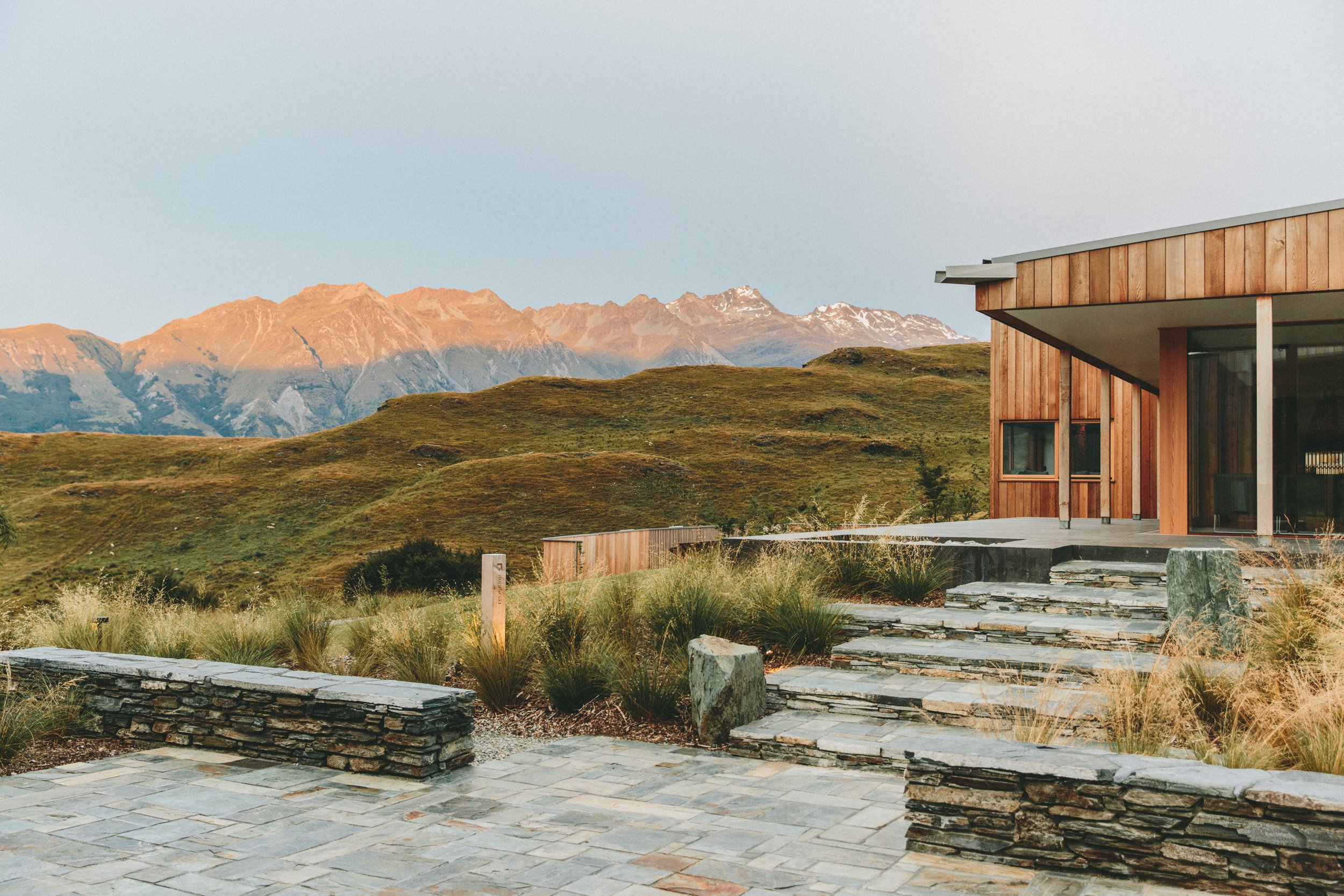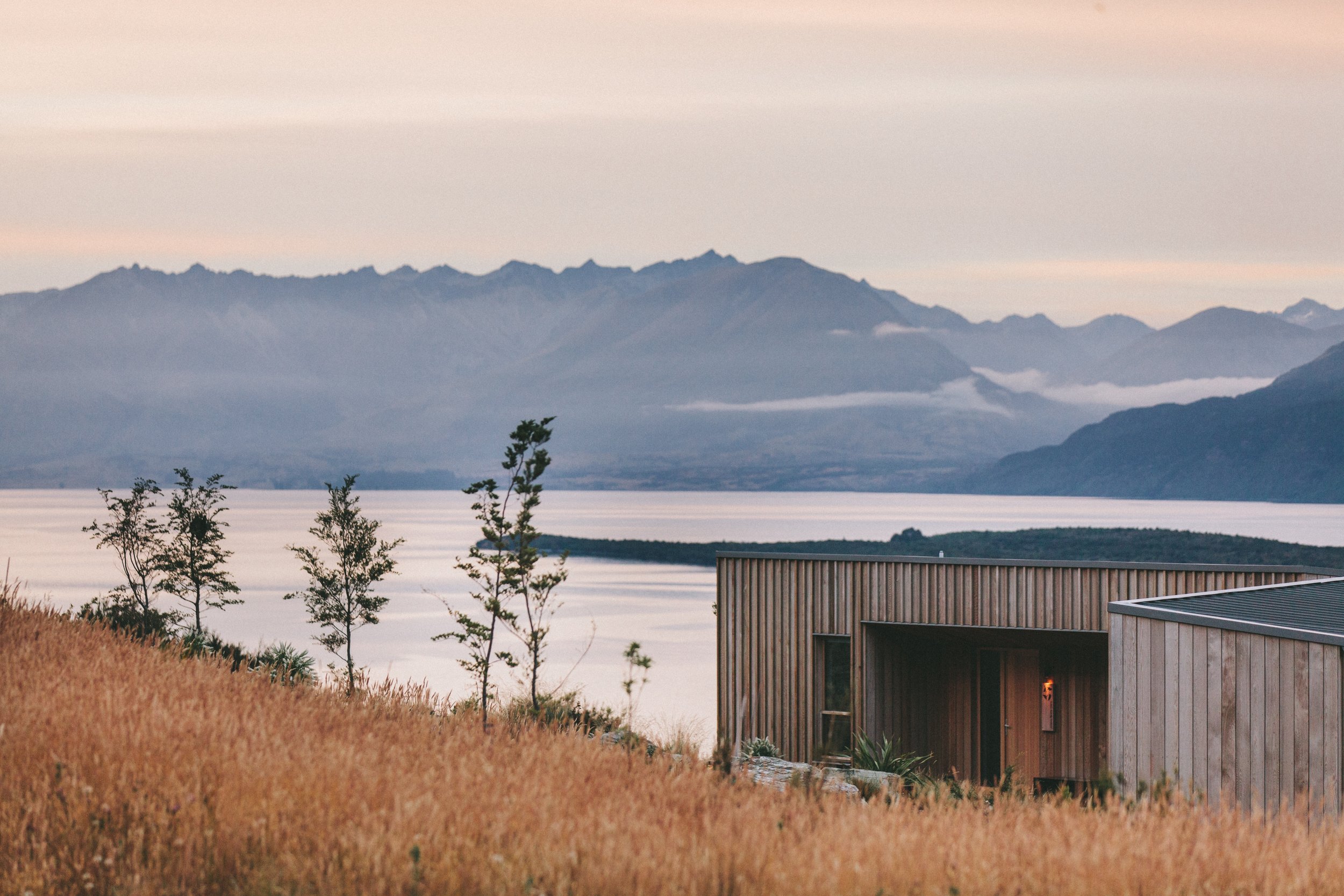
Learning Resources |
Types of 3D Capture
Take a minute to write an introduction that is short, sweet, and to the point. If you sell something, use this space to describe it in detail and tell us why we should make a purchase. Tap into your creativity. You’ve got this.
Laser triangulation
Structured light 3D scanning technology
Photogrammetry 3D scanning technology
Contact-based 3D scanning technology
Laser pulse-based 3D scanning technology
Use Cases - Where 3D scanning is used…
3D scanning is used in a multitude of industries for varying reasons and the processes/tools used to do change from use case to use case. What we are going to explore is a FEW of these use cases.
The generation and interpretation of photographic images and patterns to generate 3D depth data
Photogrammetry |
Photogrammetry uses a series of images or recordings to create depth data these images are then compared against each other and used to project and build a 3D mesh, the more reference images and angles inputted the more accurate the mesh generated.
Videogrammetry |
This principally works the same as photogrammetry except it used video files to generate 3D data converting moving image into stills to generate the final product, this had the potential downside of impacting overall model texture quality as unless video is filmed steady and with gentle motion in-between frames may be blurred which will impact model quality.
Points of commonality are used to match images against each other and map out the orientation of the images and project them against each other, depth is obtained based on common features, these fix points dictate scale and orientation. The biggest advantage photogrammetry has over other Depth capture options is the level of texture detail that is retained as the photographic data is mapped onto the mesh and as almost any camera can be used as long as all images used for training are of the same scale and quality can be a cheaper more accessible method to replicate 3D models.
NeRF takes input images representing a scene and interpolates between them to render a complete complex scene.
Neural Radiance Field [NeRF] |
Neural Radiance Fields differ from Photogrammetry captures in one key way, NeRFs generate volumetric data whereas Photogrammetric projection methods are generating a 3D mesh, the difference between these being how light mass data and reflective / transparent data is captured and interpreted via the computer processing engine. Neural fields as such are capable or raytracing as reflective data and reflective data is included and computed based on how the software calculates the values and material data properties to be. This allows for materials such as glass and metallic reflective surfaces to be captured with higher accuracy and lower chance of depth error compared to photogrammetry whilst retaining photographic texture quality.
The dynamic nature of NeRF generation is in an earlier developmental stage when compared to other depth capture methods.
Light Detection & Ranging or Laser, Imaging, Detection and Ranging
LiDAR |
Neural Radiance Fields differ from Photogrammetry captures in one key way, NeRFs generate volumetric data whereas Photogrammetric projection methods are generating a 3D mesh, the difference between these being how light mass data and reflective / transparent data is captured and interpreted via the computer processing engine. Neural fields as such are capable or raytracing as reflective data and reflective data is included and computed based on how the software calculates the values and material data properties to be. This allows for materials such as glass and metallic reflective surfaces to be captured with higher accuracy and lower chance of depth error compared to photogrammetry whilst retaining photographic texture quality.
The dynamic nature of NeRF generation is in an earlier developmental stage when compared to other depth capture methods.







